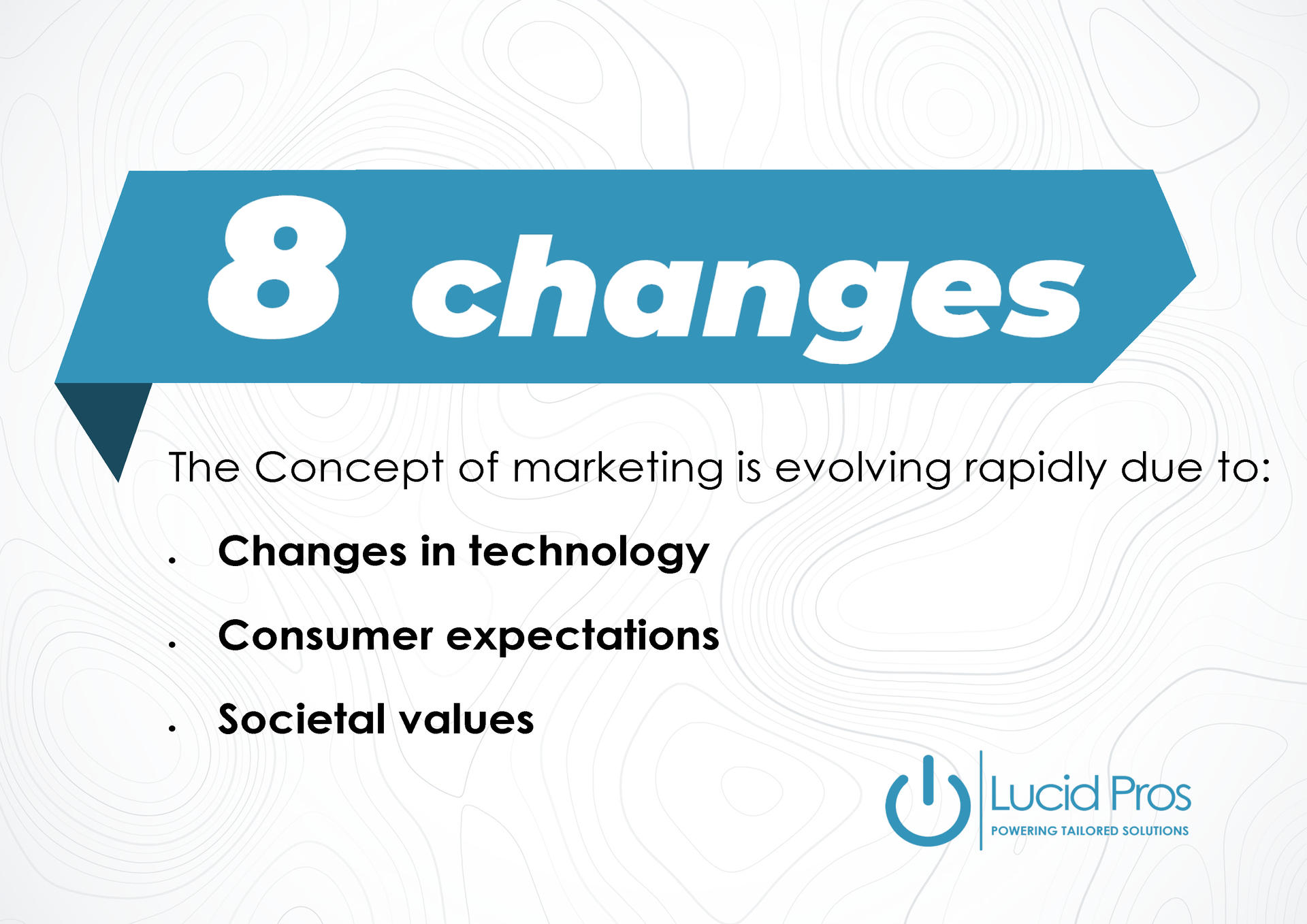Why is Marketing so hard to define?
What is marketing?
Ask a hundred people what marketing is, and you will likely get a hundred completely different answers. Some will imply advertising, while others will reference branding. If you spend any time on social media, "Marketing" may only be referenced in digital form (I can't tell you how many times I've heard a digital marketing agency claim to be a "full service marketing agency" - with absolutely no credibility to back it up - smh). Some executives consider it sales support, while creatives see it as design and storytelling. The truth is: marketing is all of those things... and more.
As a marketing leader, many people (and clients) jump into a discussion about their marketing with the assumption that I will see it the same way they do. Because of misunderstandings in the past, that is something that I won't do. Leave assumptions at the door, and let's explore why marketing is so difficult to define AND agree upon... and why that very complexity makes it both fascinating and essential to business success.
First of all, Marketing Is Extremely Broad.
From advertising to market research, communications, design, digital campaigns, events, pricing, and strategy—marketing touches nearly every part of a business. Two marketers can have the same job title but do completely different work.
Marketing Changes Constantly
Fifty years ago, marketing was print ads and billboards. Today, it is TikTok, Google Ads, and AI-driven personalization. Tomorrow, it may be the metaverse and predictive analytics. Because the discipline evolves so quickly, definitions never stay fixed.
It Often Blurs With Other Functions
Where does sales stop and marketing begin? Where do product management, communications, or customer service overlap? Different companies draw the line differently, creating more confusion.
Everyone Experiences It Differently
- Customers see marketing as advertising.
- Executives see it as strategy and growth.
- Creatives see it as storytelling and design.
- Analysts see it as data and measurement.
Each perspective is correct, yet incomplete.
Marketing Is Both Science and Art
Marketing requires data-driven analysis (KPIs, funnels, attribution models) and creativity (branding, messaging, campaigns). That duality makes it impossible to capture in a single definition... and is almost impossible to coexist in the same person or role.
Organizations Define It Differently
A startup may call marketing “lead generation,” while a consumer brand defines it as “creative campaigns.” Professional services firms may see it as “proposal support and events.” No universal definition exists because every business applies it differently.
Conclusion
Marketing is difficult to define because it is broad, evolving, overlapping, and interpreted differently by everyone - usually based on their own narrorw perspective. But... maybe differing perspectives is the point: marketing is less about one narrow function and more about being the connective tissue that links customer needs to organizational strengths.
ACTION PLAN - HOW TO DEFINE IT FOR YOU
What is good for one company or organization is not the right fit for the next. My strategy consultations typically go as follows:
- Start from the inside: Define your BRAND: who are you, what do you stand for, what do you do well, and what makes you different? Bic and Mont Blanc are both companies that make writing instruments, but they could not be more different. Do not be afraid to be you.
- Work from your ideal CUSTOMER PERSPECTIVE: what needs do you solve for me and what pain points can you alleviate? They do not care what you have to offer until they see the value for themselves.
- Find the CHANNELS that will naturally get you in front of your ideal customer. Ever notice that Ferrari and Lamborgini does not create TV commercials like Chevy, Ford, or even Mercedes? That's because their ideal customer is likely not watching TV. Where is your ideal customer likely to be found and available to absorb content?
- Generate the CONTENT that will drive the actions that you want. The messages you send - visual, verbal, written, and implied - will make or break what you are trying to accomplish.
- Don't forget the CTA - CALL TO ACTION! It is one thing to get your point across, but another one to generate the action you want. Keep it simple and let the customer know how to take the next step toward the better future your product or service can provide.


